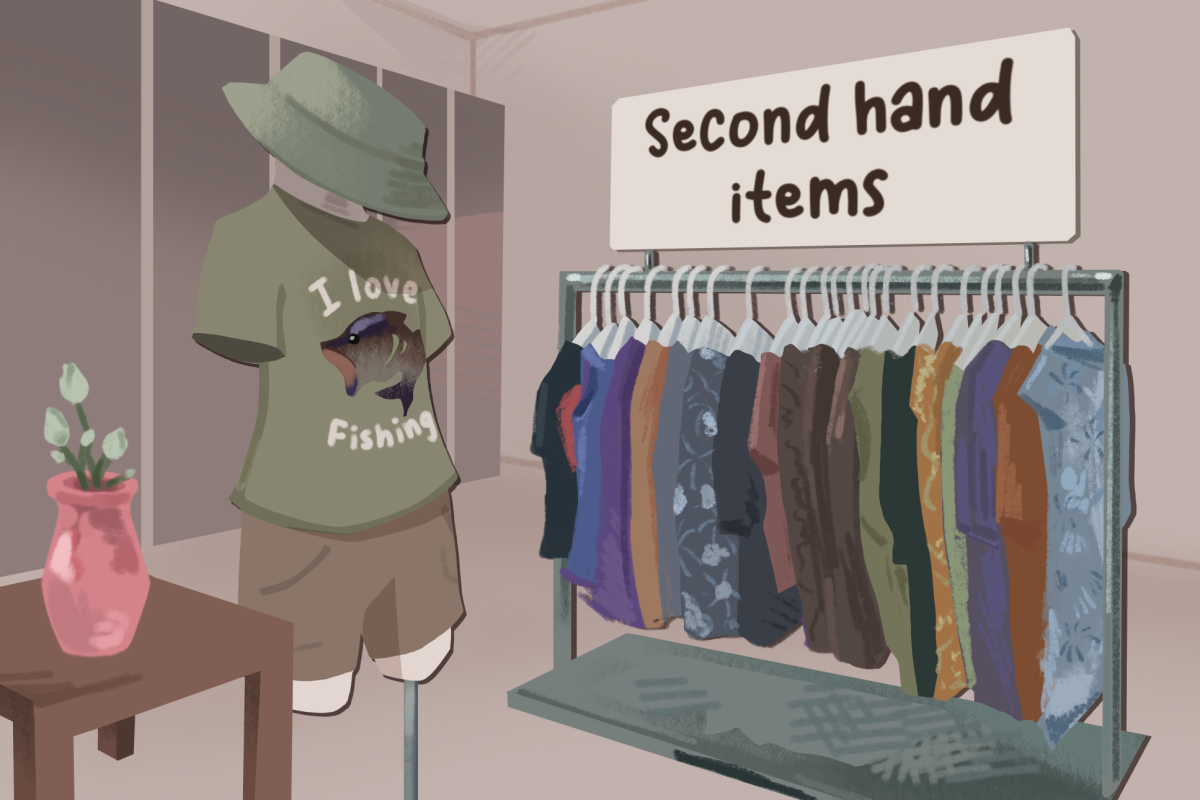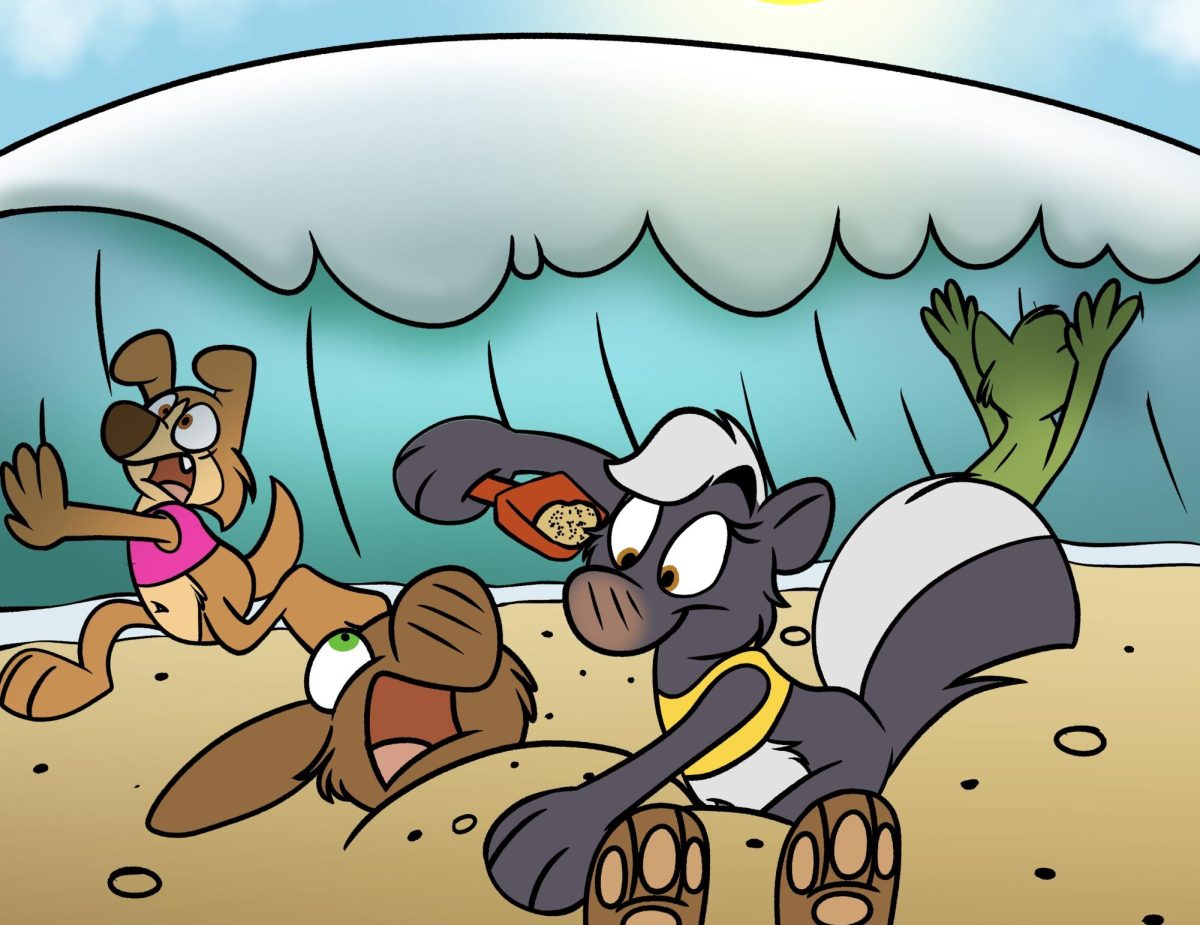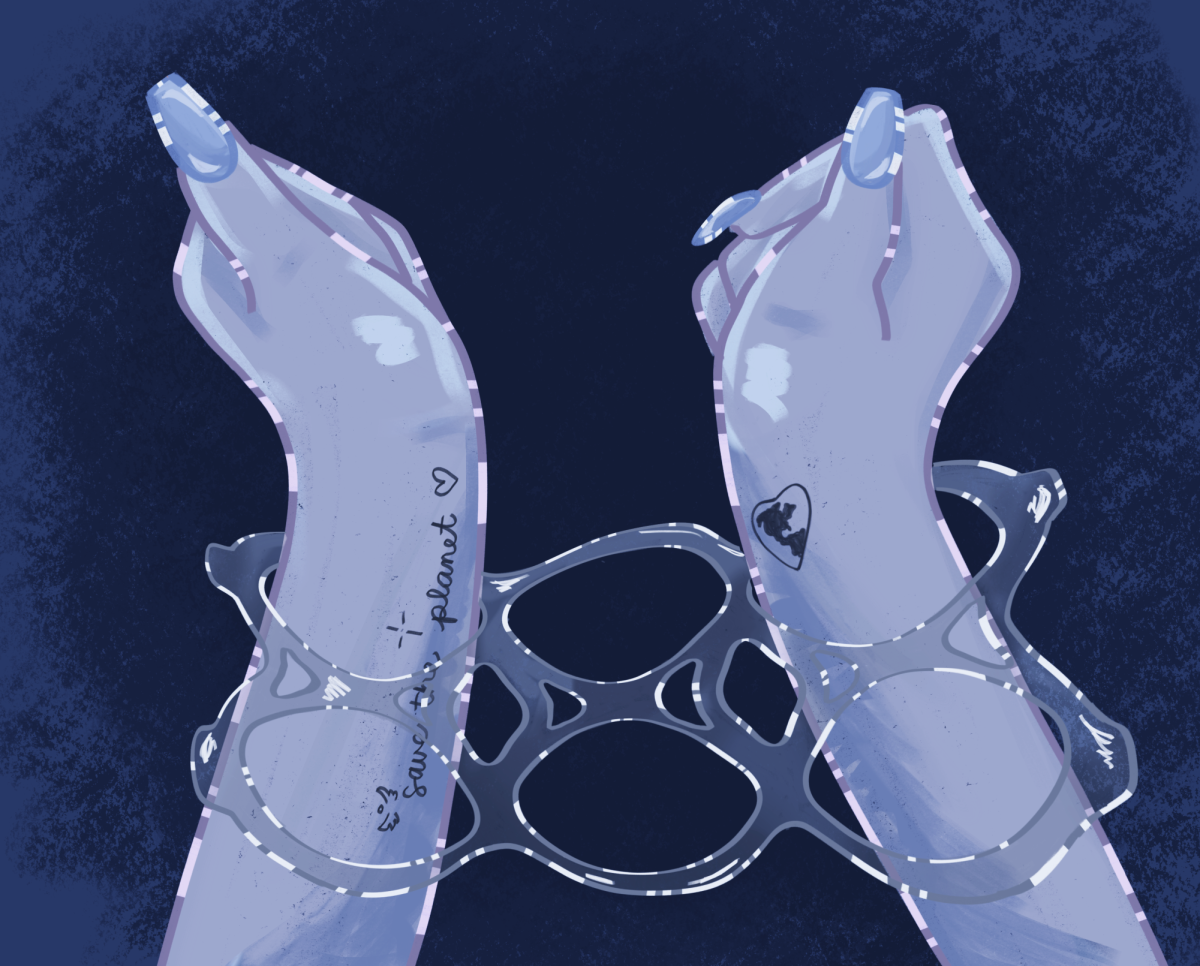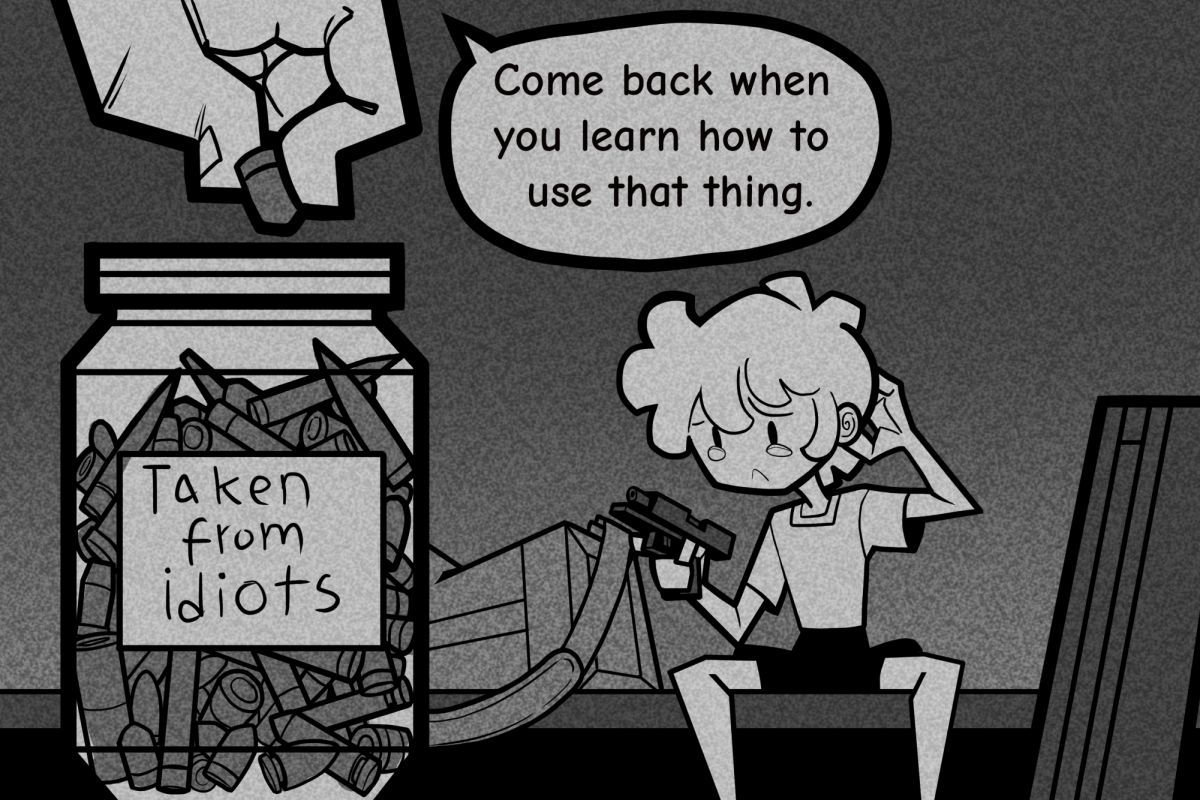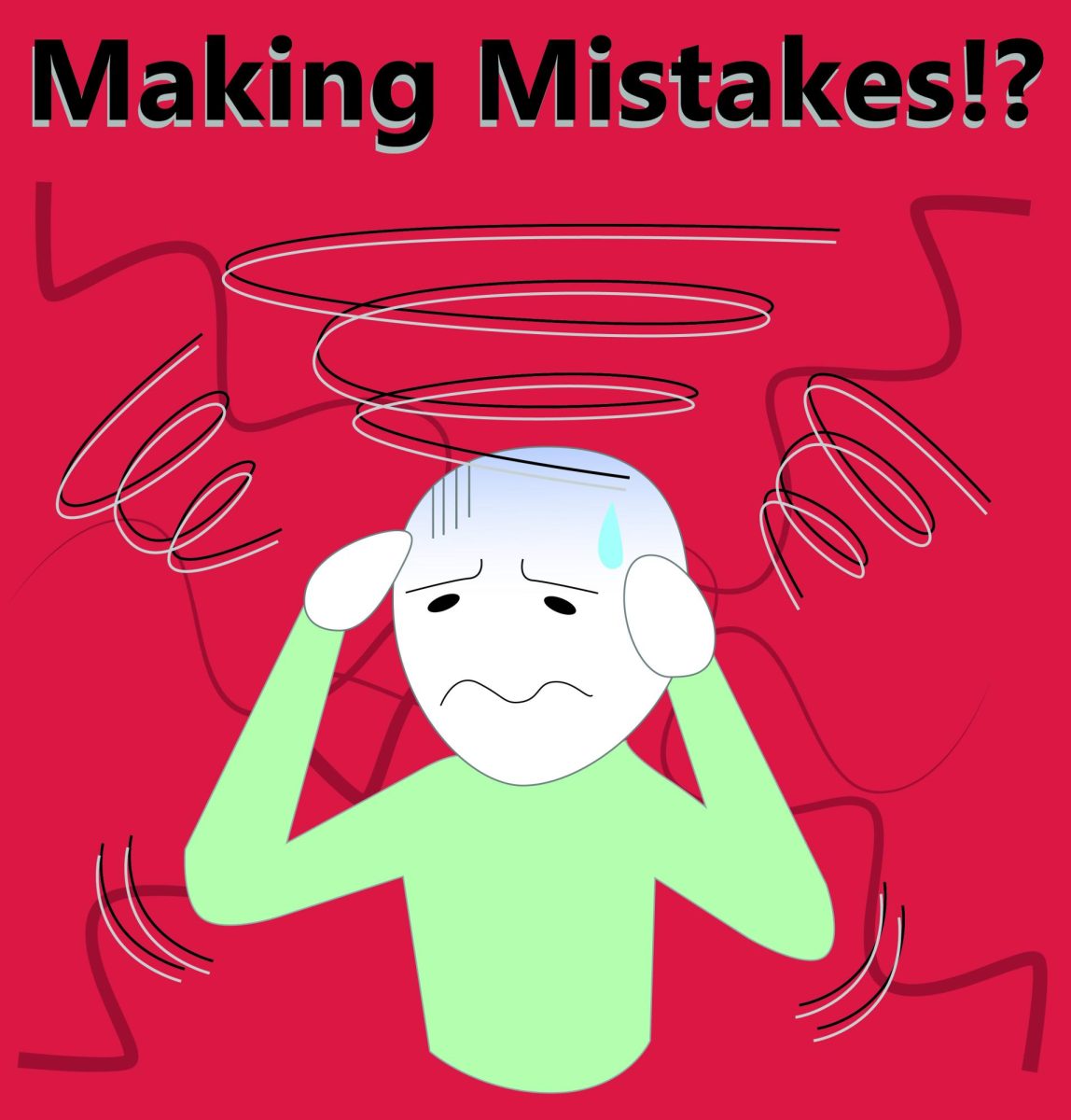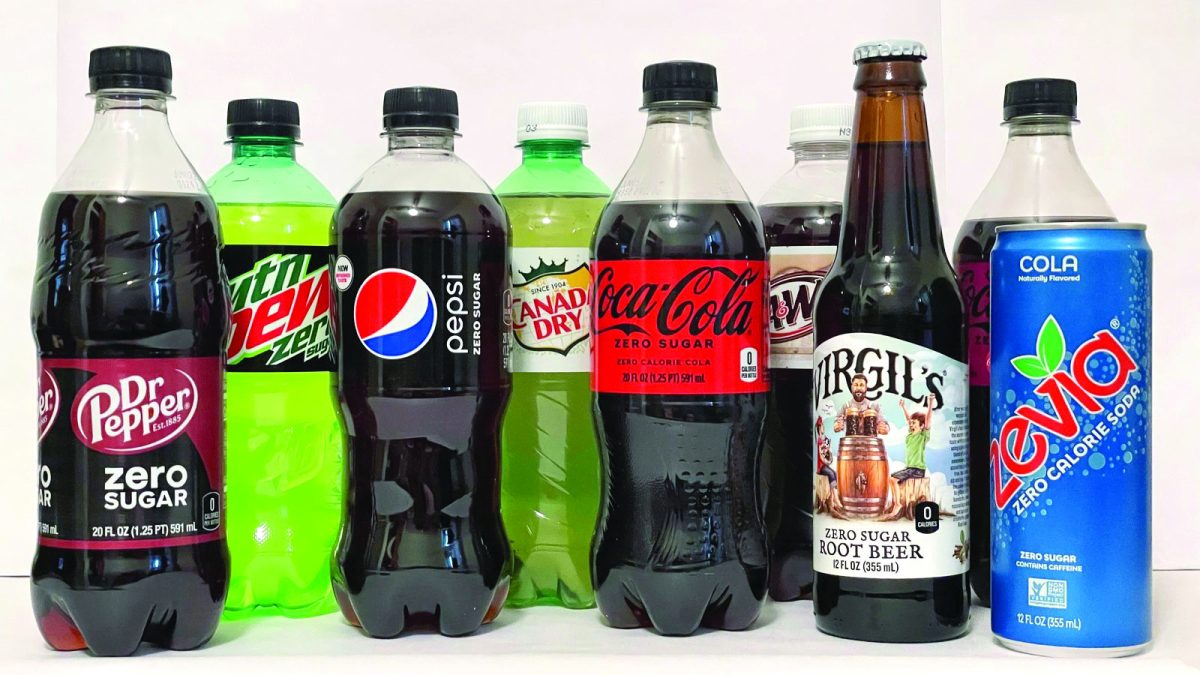Almost every single item in my bedroom is secondhand. All of these vintage clothes, tools and cameras I buy have been around longer than I have. And not just practical items, but also newspapers detailing the moon landing or prints from a forgotten artist. In an age where consumers chew through their goods like gum, buying used inspires an attachment with your newest purchase, making one more willing to learn how to preserve it.
My map of Dallas is marked with vintage malls – I’ve probably visited every single one in the city. When I visit somewhere new, I make sure to check out the antique stores there. There’s an adventure to be had in swimming through a sea of items possessing a long history of ownership.
I can’t help but sit and wonder about the previous owners of my items, wondering what they’d think of me, or the new use I’m getting out of their old toys. My home feels more personalized by evoking a sense of history.
On some occasions, I’ve purchased bones and I ponder about the hunter and the hunted – the struggle for survival they had. Being sentimental for these seemingly insignificant objects teaches you how to find love in a minutiae.
My first trip into a vintage mall led me to a camera bag I thought made for a good purse. Inside was a dusty Polaroid camera that’d serve as my first proper foray into photography. My wallet suffers from the hundreds of exposures I’ve captured, all in the name of an artistry.
It’s a similar case for rusty tools I’d bought as conversation pieces. After taking interest in tool restoration, I’ve come to realize their usefulness: now I have my very own carpenter’s axe for when I need firewood.
Sometimes buying secondhand is about durability too. Tools that have been crusted with decades of rust aren’t that hard to restore and often last longer than their modern counterparts.
This is not to say newer is worse, but planned obsolescence wasn’t as prominent back then. The latest line of Polaroid cameras use internal batteries with a shelf life – there will come a time when the company discontinues its repair program, and your defective camera will become a fancy paperweight.
Polaroids from the 70s still work perfectly due to being entirely mechanical, and they have few parts too. All you need is a pack of film to power the camera. Every single camera I’ve owned and shot with has been on this planet longer than I have.
Sadly, people are ready to throw away these antiques, but as the old saying goes: one man’s trash is another man’s treasure.
Secondhand offers a breath of fresh air knowing you’re buying something that’s had some wear. There’s even an opportunity to learn new skills in repairing tears, and you learn to take better care of your own belongings.
During one of my antique hunts, I ran into the owner of a booth. She was selling animal traps and rusty tools, items I found interest in much to the cashier’s concern. On the contrary, the nice old lady happily explained that she bought and resold items that no one wanted in estate sales.
She lacked the skills to apply her wares, but hoped that someone else will. I feel I’ve done a long line of owners proud by restoring their tools immediately after getting home. Their history became my new hobby, and that’s how I preserve the stories these forgotten knicknacks contain.


